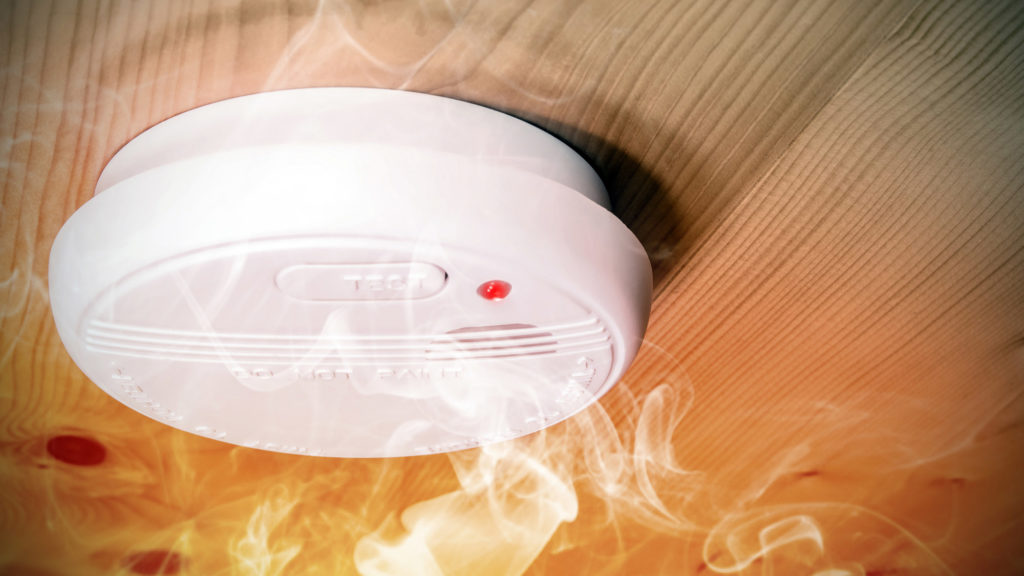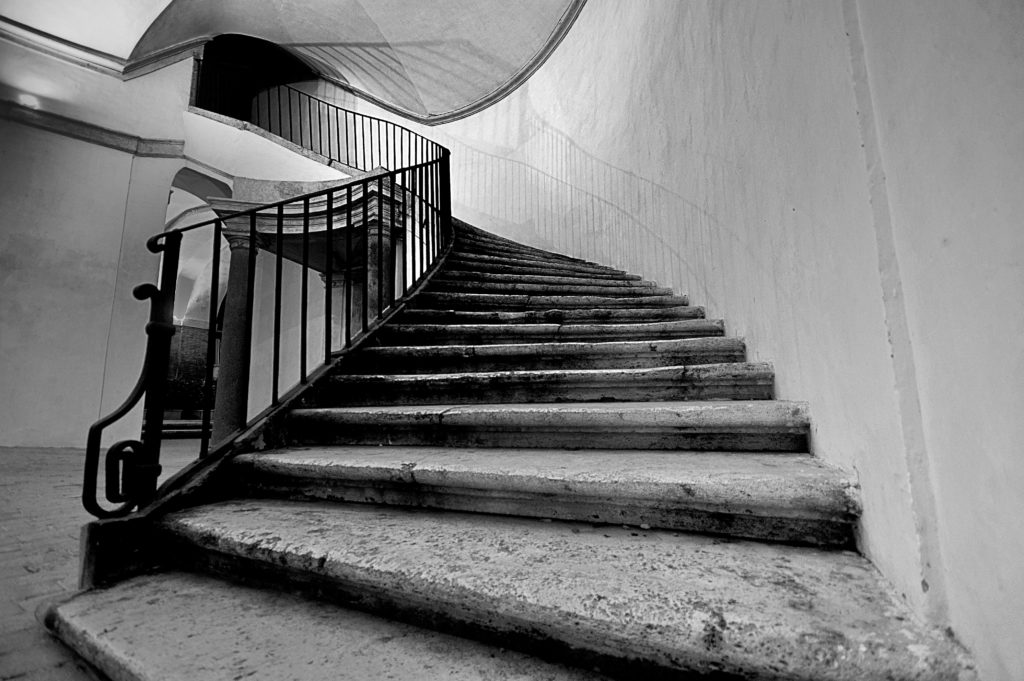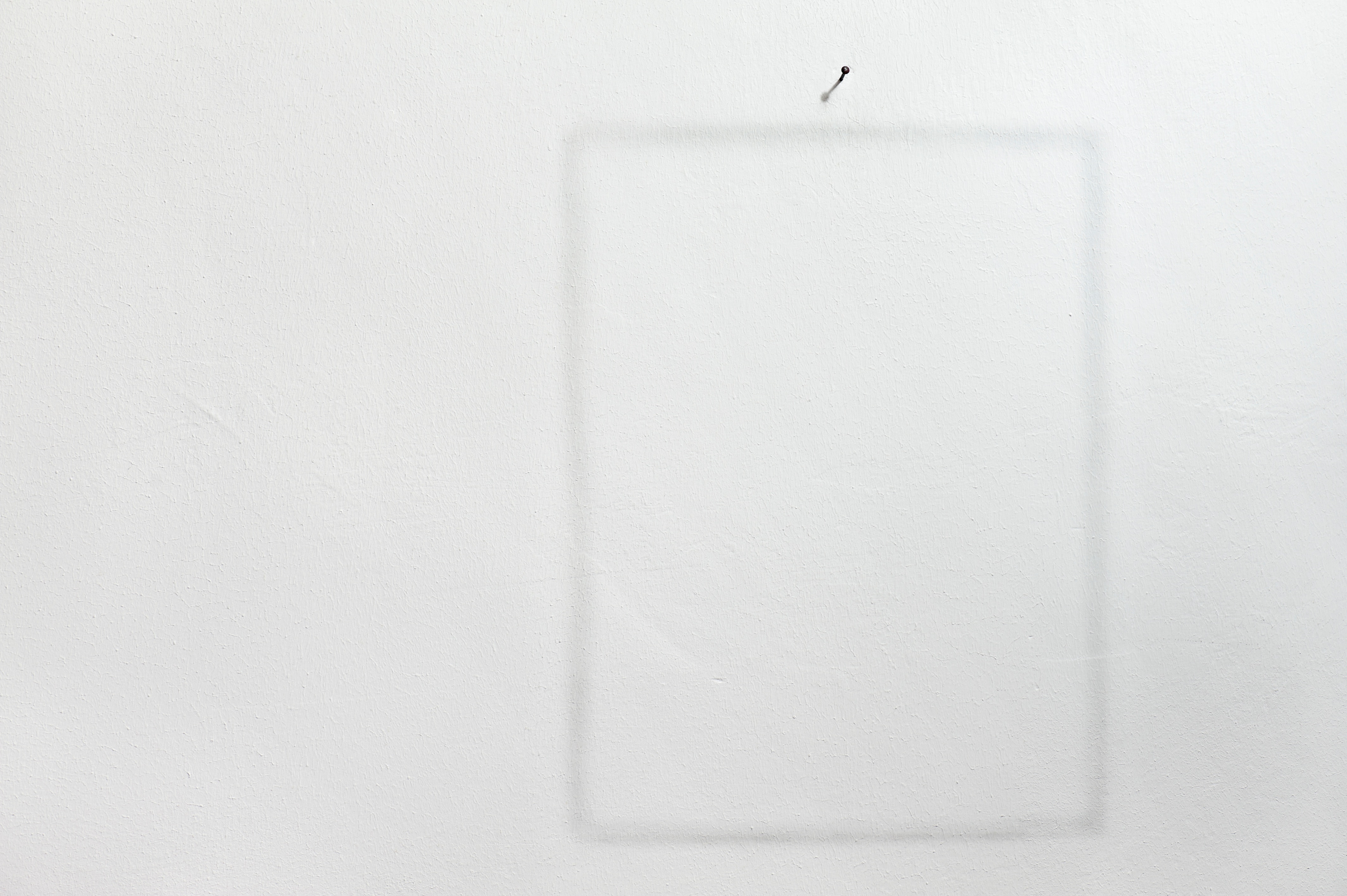
In Georgia, if you’re injured due to someone else’s negligence, you can sue the party who caused your injuries. These cases are generally filed in the county where the party that caused the injuries resides, and are decided by what are known as trial courts. In the trial court, the parties collect evidence related to the cause and extent of the injuries. After the evidence is collected (this happens during “discovery”), the parties present this evidence to a jury, who decides who the outcome of the case.
The right to a jury trial, i.e., having the right to present disputes to randomly selected members of your community, is one of the founding principles of this country. In Georgia, Article I, Para. 6 of the Georgia Constitution and O.C.G.A. § 9-11-38 guarantee the right to a jury trial.
There is an exception to the right to a jury trial. This is when the party accused of the wrongdoing files a motion for summary judgment. These motions allege that, even with the evidence viewed in favor of the injured party, the facts and the law are so one-sided that the accused party should win without the need for a trial. In other words, a jury trial is a waste of time.
This is what happened recently in a case called Yearty v. Scott Holder Enterprises, A18A2074 (March 14, 2019). In that case, a woman, who had nodded off to sleep while waiting for her food to cook, badly burned her hand in a grease fire. She sued the company who installed the smoke detectors at her house. She claimed the smoke detectors didn’t go off, which made the fire much worse than if the alarm had timely sounded. After the evidence was collected, the trial court granted summary judgment to the company, ruling the woman could not prove that the company’s misconduct “caused” her injuries.
The injured woman appealed. In what appears to be a fundamentally flawed decision (at least to this writer), the Georgia Court of Appeals agreed with the trial court that summary judgment was proper based on the principle of causation. Incredibly, the Georgia Court of Appeals reasoned that “[the injured party] has not pointed to any evidence showing that but for a non-functioning smoke detector, [the injured party] would not have sustained her injuries.” This rationale is hard to understand when the very purpose of a smoke detector is to provide an early warning of a fire. Here, the woman claimed that had she had an early warning, she wouldn’t have been injured. This seems both logical and reasonable. Perhaps even more incredible, the court went on to rule that because the woman burned her hand while trying to put out the fire, she was to blame, regardless of whether the smoke alarm should have sounded.
Fortunately, there was a dissenting opinion. Three Georgia Court of Appeals judges decide these types of cases. Here, one of the judges disagreed with the other two. The dissenting judge pointed out the obvious, which is the purpose of a smoke detector is to “provide an early warning of fire . . . to reduce injuries.” Thus, had the smoke alarm sounded in a timely manner, the injuries might have been prevented. Moreover, trying to put a fire out to minimize property damage, and possibly to save human life, is a natural reaction and shouldn’t get the smoke alarm company off the hook.
After hearing the evidence, maybe the jury would have sided with the woman or maybe the company, but this is case that should have been decided by a jury hearing evidence at a trial. Not by a judge or an appellate court.
If you are injured, please call us at 404-382-9994 to discuss your case.




